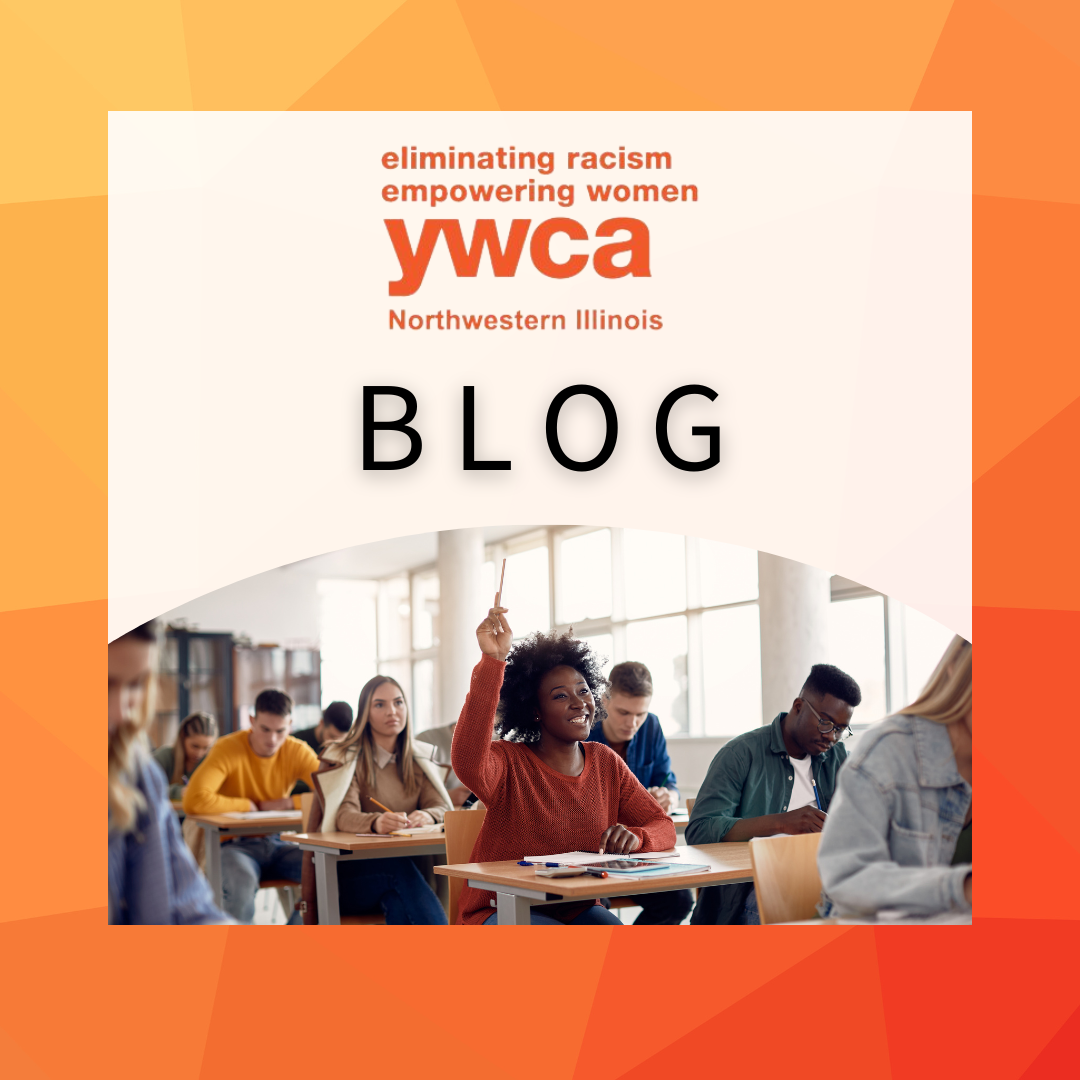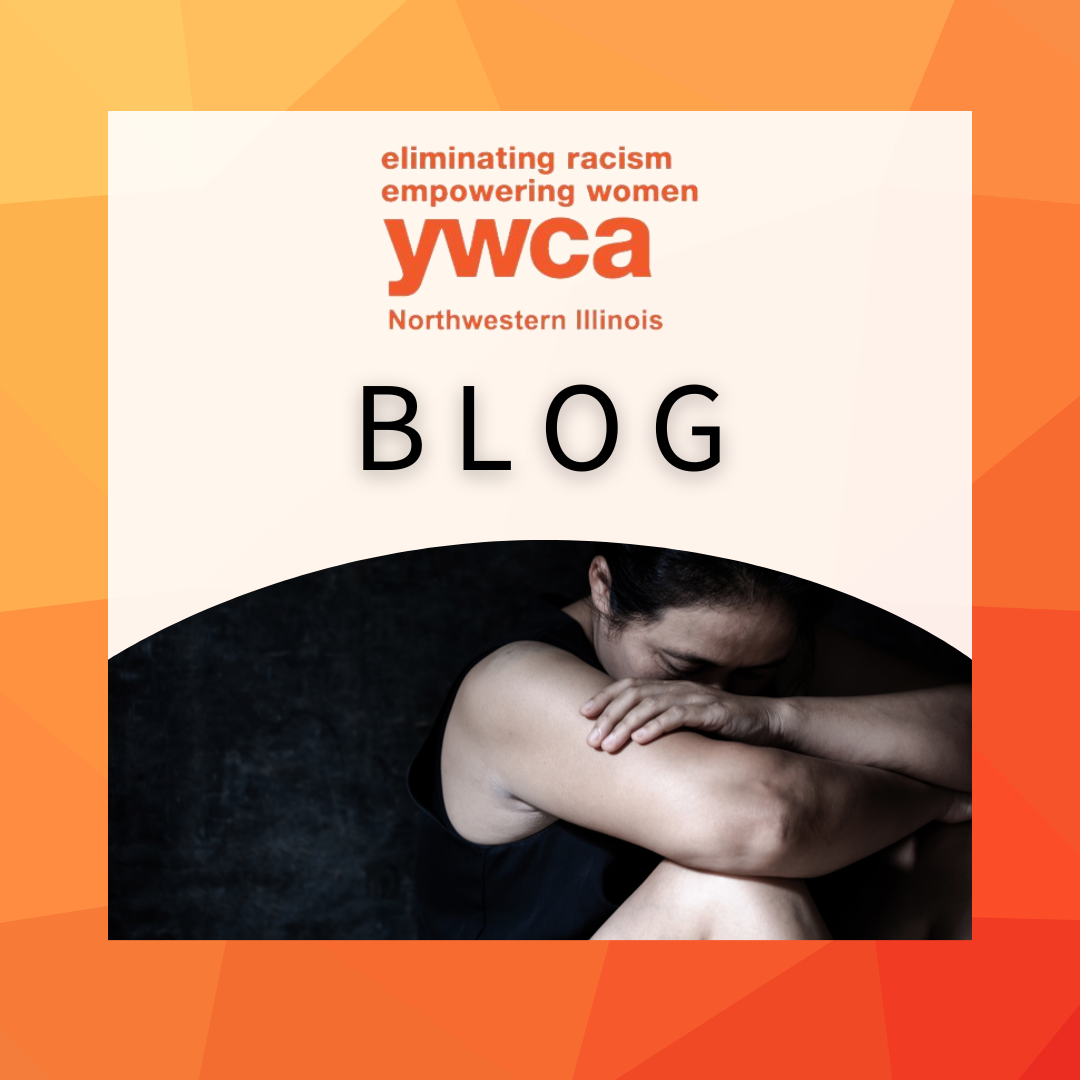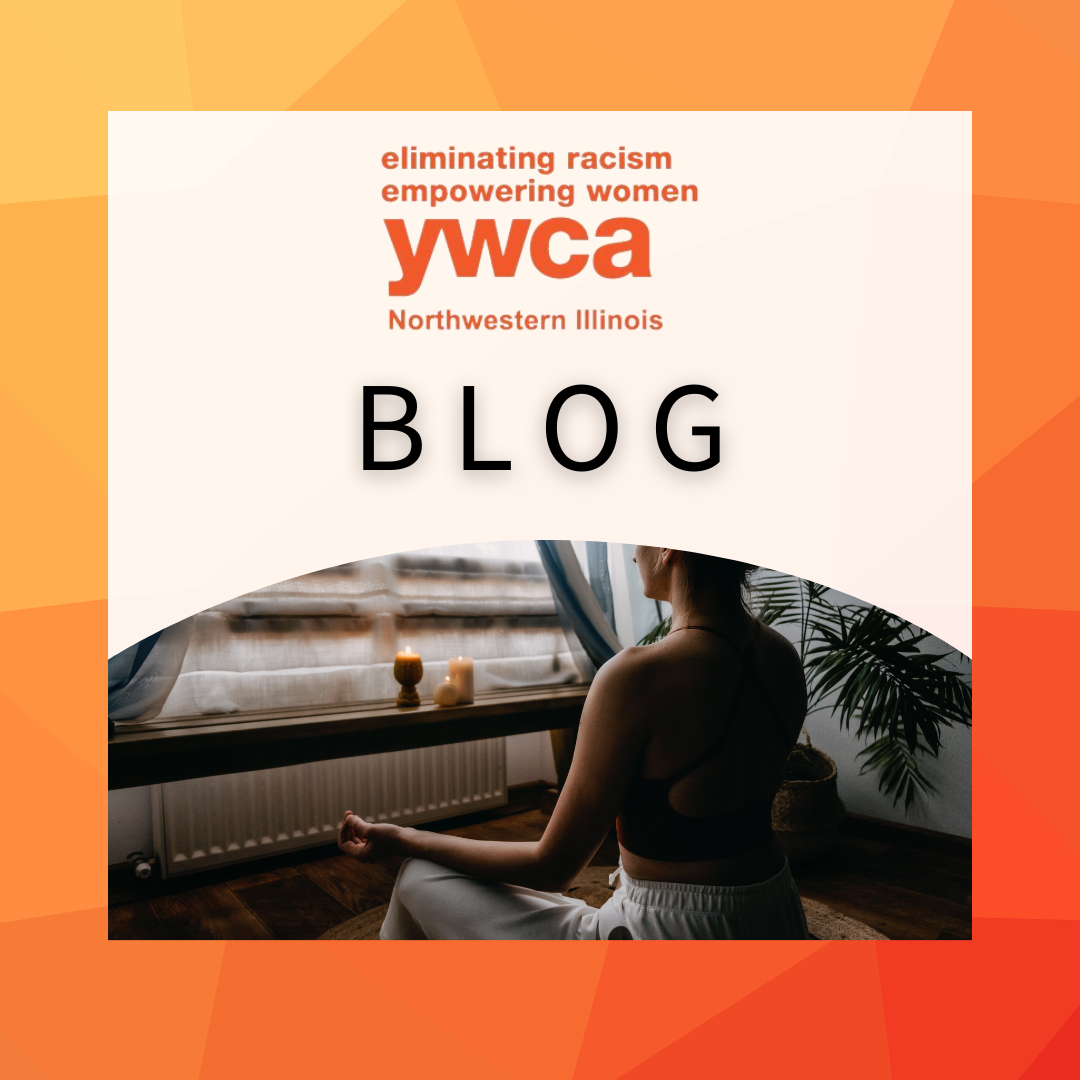“How am I going to pay for college?” No question looms over a prospective student quite like this one and for good reason. The Education Data Initiative reported that tuition costs increased 355.1% from 1963 to 2020, after adjusting for inflation. This increase is on-top of the changes in cost of living, textbooks, supplies, and miscellaneous fees charged by colleges. There’s much to be said about how we got to this point, but that is beyond the scope of this blog. Instead, let’s step into the life a student who didn’t want to deal with the question of how they’d pay their bill.
For as many people who dwell on how they’ll pay for college, there are just as many people who avoid the question altogether. Yet understanding what it will cost to earn a specific credential or degree and planning for those costs is one of the most consequential parts of the college-going process.
At a point of desperation, many students will do whatever they can to get into the classroom. Without planning, many scholarships that students could have applied for have been awarded for the academic year, so they have to look elsewhere. If the student can demonstrate their need for financial assistance, they should complete the Free Application for Federal Student Aid (FAFSA) for their current academic year. Submitting a FAFSA and having it be processed successfully allows the student to be automatically be considered for the Federal Pell Grant, and possibly other campus-administered programs such as Work-Study and the Federal Supplemental Education Opportunity Grant (FSEOG). A student residing in Illinois will have their FAFSA information sent to the state financial aid body to see if the student is eligible for the Monetary Award Program (MAP) Grant. Depending on the student’s level of financial need and what school they’re attending (a vocational/trade school, a 2-year institution, or a 4-year institution), they can receive up to a $6,895 Pell Grant and/or a $7,200 MAP Grant.
In the case that the student cannot successfully demonstrate their financial need for assistance—either because they don’t have financial need as defined by the formulas used in higher education or they fail to make it through the financial aid verification process—the student now has limited options. Since the student submitted their FAFSA, they likely have the option to take out an unsubsidized federal loan. Since there are limits to how much students can borrow in federal loans per academic year, the student may or may not be able pay what they owe with only federal loans. If they need to borrow more funds, the student will have to turn to private loans from their bank or another financial institution. Private loans don’t come with the same application, interest rates, or avenues for forgiveness that federal loans have. A student who takes out private loans must now plan how they’ll pay back these loans and consider the impact those loans may have on their ability to make milestone purchases down the line.
The important piece with financial aid is that students consider the question of how they’re going to pay for college ahead of time and not only when the bill is due. Students put themselves in a better situation for the future when they give themselves more time to look and apply for scholarships, research various grant opportunities, and strategically plan out when and how they’ll borrow money.=
Students who need or want to talk to someone about their financial aid options have several places to turn to. They can talk to the financial aid office at a school of interest and students residing in Illinois can also connect with their local ISACorps member to help them understand their financial aid options.. If a student has been working in early childhood education or care settings and is interested in getting a degree to help their career, they are welcome to connect with the Higher Education Navigator at their local Child Care Resource and Referral (CCR&R) agency.
– Silvia Diaz, Higher Education Navigator




